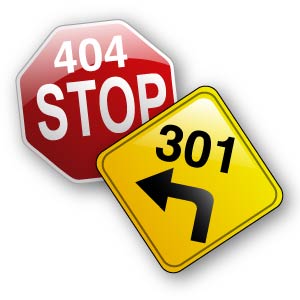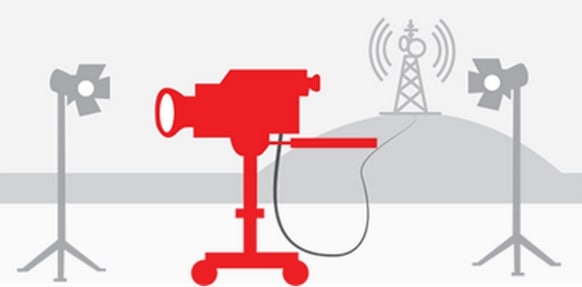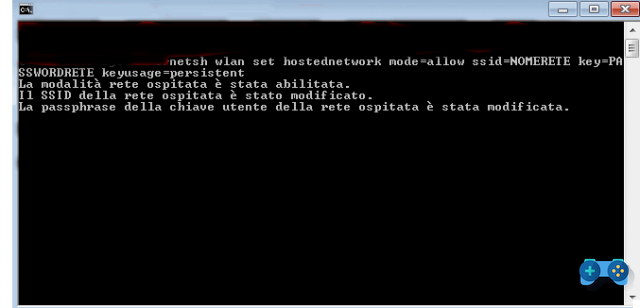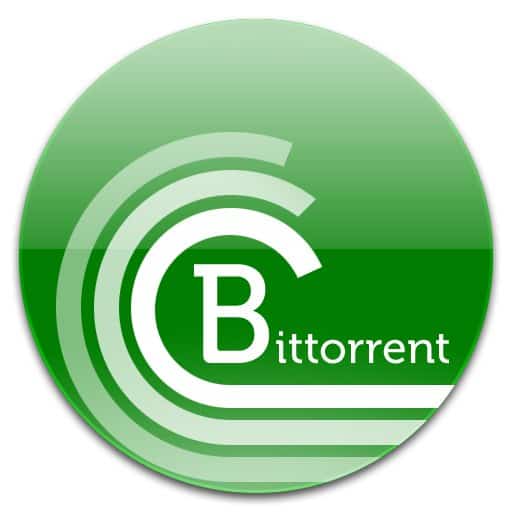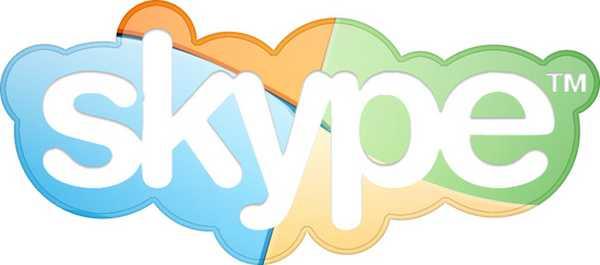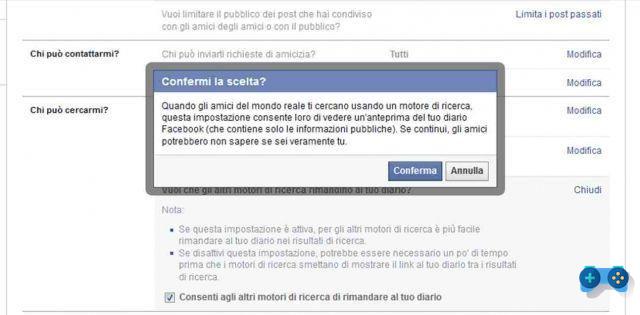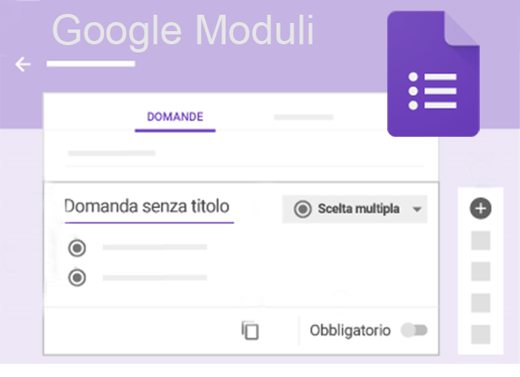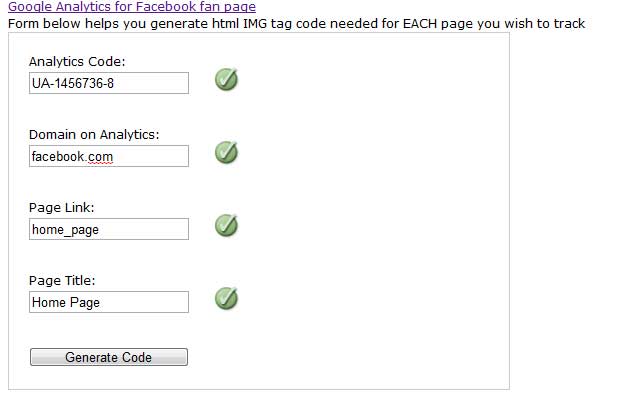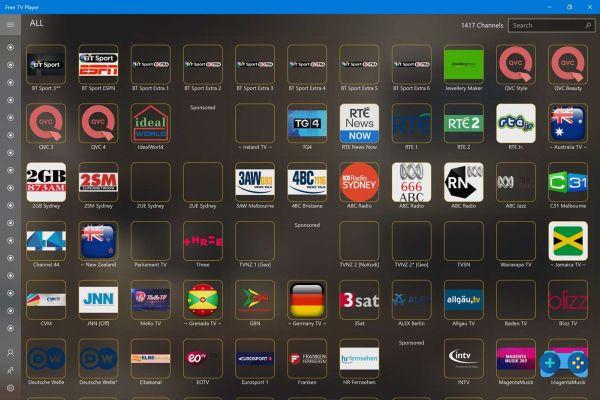The web is a reality in which aspects predominate chopped e concrete, knowing how to write well-packaged content is a fundamental requirement.
When we write on the web, unlike a text written in a book, what comes between the eyes and the characters is the screen. Those who visit our Blgo tend to read very quickly, skipping words or lines and catapulting attention to words that they consider useful or curious for their research purposes.
The careful web writer must take these factors into consideration as fixed points and then adopt an advantageous writing style time, clarity, simplicity, completezza to his interlocutor, but also interests capable of attracting the attention of new users and the loyalty of existing ones.
There are real ones web writing rules or practical measures. First of all, before giving shape to the ideas we have in mind, it is necessary to ask ourselves who the message is intended for, what topic you want to present, how you want to present the arguments.
- Who is the recipient of our message?
It is necessary to identify the target / audience to which it is addressed, considering gender, age, level of culture and training, professional category, just to name a few salient factors.

- What do I want to write?
It is advisable to have well chario in your head the subject of the message, so as to be able to write useful and interesting facts for the reader and avoid dwelling on areas not inherent to the topic that could bore and tire the user.
- Why am I writing about a certain topic? What purpose do I want to achieve?
By answering this question, you have the opportunity to strike the reader more by directing him to aspects of the argument that you want to be worthy of attention: for example, being if the purpose we have set ourselves is the promotion of corporate products on the web, yes he knows a priori that the message must focus on an accurate description of the characteristics and potential of the goods, using clear and direct language.
- How can I write the message as efficiently as possible?
The "how" groups the information that may arise by answering the previous questions: it is a question of drafting one's arguments in an effective and simple style, which banishes turns of words and long and repetitive sentences.
What matters is being concise, writing what is necessary in a synthetic and exhaustive way are the keys to success.
Let's see how to set the contents:
Il title it is important that it is short, simple and concise, that is, it must contain all the information that the reader expects to read, but also intriguing and capable of arousing interest.
Using a question as a title attracts the reader more because he is encouraged to give an answer to the question. An example could be "Not sure how to best position your website on search engines?" instead of "The positioning of websites on search engines". In the first case the reader is captured by the question to which he will try to give an answer, but he is also captured by the direct and familiar language with the help of the adjective “your” which seems to provide a tailor-made solution to the person concerned.
The exclamation form, on the other hand, allows you to highlight the theme you intend to address. The exclamation, in fact, can be identified as a form of expression of an advice, a suggestion or personal opinion that is announced in the form of an opinion and is read with pleasure. For instance: "SEO Specialist: professionals specialized in positioning websites in the best search engines! Trust us". It invites you to read both for the exclamation form, which seems to indicate valid advice provided by a trusted friend, and from the use of persuasive terminology such as "trust","professionals","best","specialized".
The factor to consider is the attractive capacity that the title must possess, it is essential to highlight the problem of what you want to express (interrogative form) or on the contrary insert the solution (exclamation form).

As regards the content it is important that the text is divided into paragraphs and lists; the human eye is thus able to visualize order and clarity. Also for this purpose, it is useful to use precise writing characters of black colour such as "Times New Roman", "Verdana", "Arial", "Georgia", "Tahoma", "Trebuchet MS", on White background.
Also it is better to highlight passwords e phrases o concepts with the Bold or with different colors instead avoiding the stressed (especially in the case of links) and letters uppercase, decreasing il italic as it is not immediately visible to the eye.
It is good that:
- The text is short and summary.
- There are spaces, both white (for example between one paragraph and another), and created by punctuation.
- The images must be present in small numbers, small in size and placed on the sides or under the text, so as not to mislead the user's attention.
- There are captions to clarify why you include the image at that specific point.
Summarizing the fundamental aspects of writing on the web are:
- Synthesis
- Specificity of the arguments
- Clarity
- Simplicity
- Conciseness and essentiality
- Graphic pleasantness
- Correctness of the language
Of course these are gods advice, if you have gods suggestions to add leave us a comment.
Deprecated: Automatic conversion of false to array is deprecated in /home/soultricks.com/htdocs/php/post.php on line 606












